Increasing Focus on Personalization
Personalization is emerging as a key driver in the Cosmetics and Personal Care Ingredients Market. Consumers are increasingly seeking products tailored to their individual needs, preferences, and skin types. This trend is prompting brands to invest in research and development to create customizable formulations. Data suggests that personalized beauty products are expected to capture a significant share of the market, with projections indicating a growth rate of around 15% in this segment over the next few years. The rise of digital technologies, such as AI and data analytics, facilitates the customization process, allowing brands to offer unique solutions to consumers. This focus on personalization not only enhances customer satisfaction but also fosters brand loyalty, thereby influencing the overall dynamics of the Cosmetics and Personal Care Ingredients Market.
Growing Demand for Natural Ingredients
The Cosmetics and Personal Care Ingredients Market is witnessing a pronounced shift towards natural and organic ingredients. Consumers increasingly prefer products that are free from synthetic chemicals, which has led to a surge in the demand for plant-based and naturally derived components. According to recent data, the market for natural cosmetics is projected to grow at a compound annual growth rate of approximately 10% over the next five years. This trend is driven by heightened awareness of the potential adverse effects of synthetic ingredients on health and the environment. As a result, manufacturers are reformulating their products to incorporate more natural ingredients, thereby aligning with consumer preferences and regulatory standards. This growing inclination towards natural formulations is likely to reshape the competitive landscape of the Cosmetics and Personal Care Ingredients Market.
Rise of E-commerce and Digital Marketing
The rise of e-commerce is transforming the Cosmetics and Personal Care Ingredients Market. With the increasing penetration of the internet and mobile devices, consumers are more inclined to purchase beauty products online. This shift is prompting brands to enhance their digital marketing strategies and invest in online platforms to reach a broader audience. Data indicates that online sales of cosmetics and personal care products are expected to grow significantly, with projections suggesting a growth rate of over 20% in the next few years. E-commerce not only provides convenience but also allows for personalized shopping experiences through targeted marketing and recommendations. This trend is likely to reshape consumer purchasing behavior and influence the overall dynamics of the Cosmetics and Personal Care Ingredients Market.
Technological Advancements in Formulation
Technological innovations are playing a pivotal role in the Cosmetics and Personal Care Ingredients Market. Advances in formulation technologies, such as encapsulation and nanotechnology, enable the development of more effective and stable products. These technologies allow for the delivery of active ingredients in a more efficient manner, enhancing product performance and consumer satisfaction. For instance, encapsulated ingredients can provide sustained release, improving the efficacy of skincare products. The market is expected to see a rise in the adoption of such advanced technologies, which could potentially lead to the introduction of novel products that cater to specific consumer needs. This trend indicates a shift towards more sophisticated formulations that not only meet but exceed consumer expectations in the Cosmetics and Personal Care Ingredients Market.
Regulatory Compliance and Safety Standards
The Cosmetics and Personal Care Ingredients Market is increasingly influenced by stringent regulatory frameworks and safety standards. Governments and regulatory bodies are implementing more rigorous guidelines to ensure consumer safety and product efficacy. This has led to a heightened emphasis on ingredient transparency and safety assessments. Companies are now required to conduct thorough testing and provide detailed information about their ingredients, which can impact product formulation and marketing strategies. As a result, manufacturers are investing in compliance measures and reformulating products to meet these standards. This focus on regulatory compliance not only protects consumers but also enhances the credibility of brands within the Cosmetics and Personal Care Ingredients Market, potentially leading to increased consumer trust and market growth.
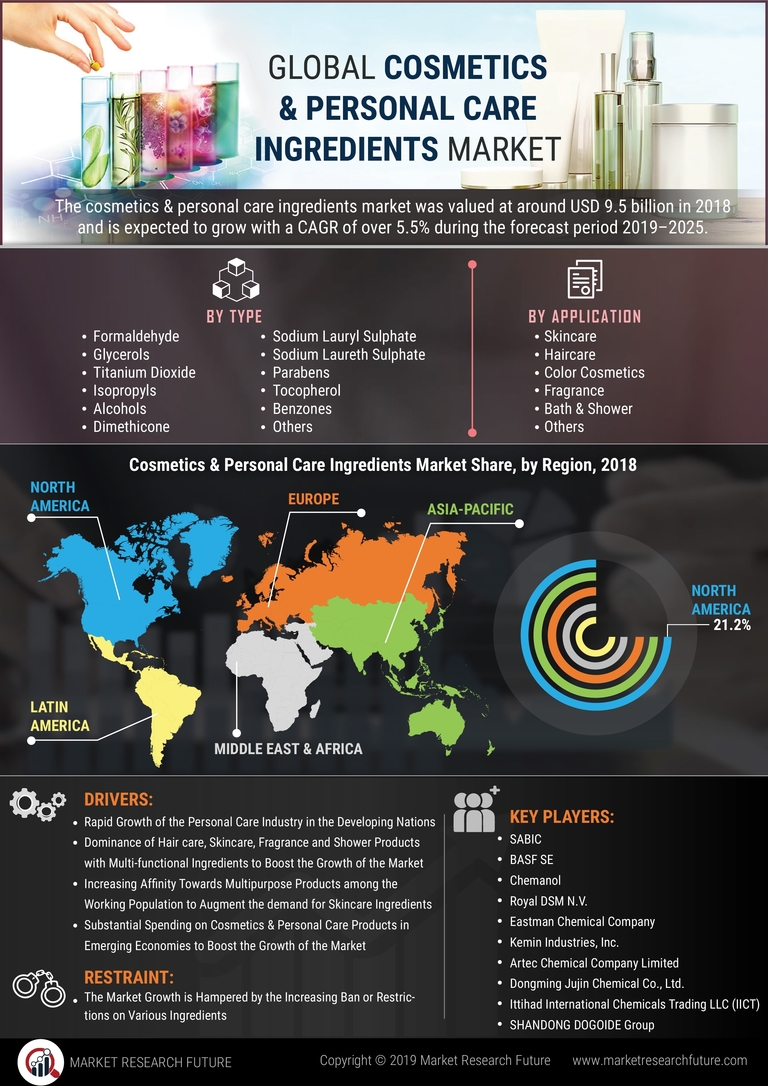

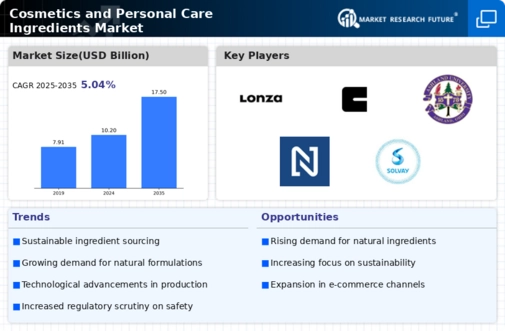
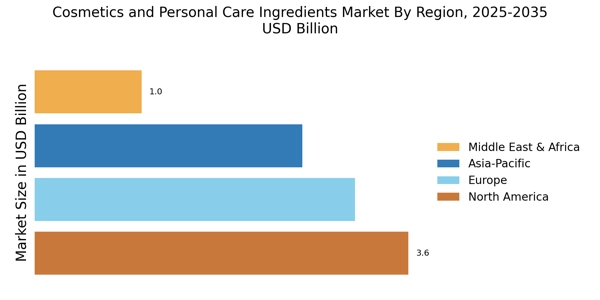



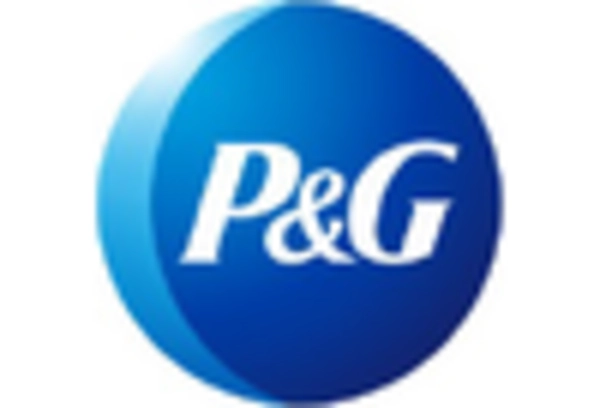
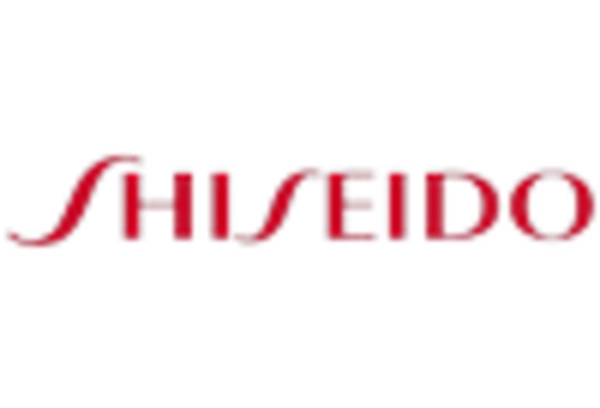









Leave a Comment